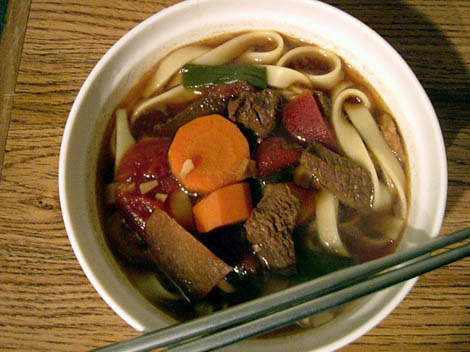Posted 2017/8/1
Due to the large Muslim population in western of mainland China, many Chinese restaurants cater to, or are run by, Muslims. Northern Chinese Islamic cuisine originated in China proper. It is heavily influenced by Beijing cuisine, with nearly all cooking methods identical, and differs only in material due to religious restrictions. As a result, northern Islamic cuisine is often included in Beijing cuisine.

Traditionally, there is a distinction between northern and southern Chinese Islamic cuisine despite both utilizing mutton and lamb. Northern Chinese Islamic cuisine relies heavily on beef, but rarely ducks, geese, shrimp or seafood, while southern Islamic cuisine is the reverse. The reason for this difference is due to availability of the ingredients. Oxen have been long used for farming and Chinese governments have frequently strictly prohibited the slaughter of oxen for food. However, due to the geographic proximity of the northern part of China to minority-dominated regions that were not subjected to such restrictions, beef could be easily purchased and transported to northern China. At the same time, ducks, geese, and shrimp are rare in comparison to southern China due to the arid climate of northern China.
A Chinese Islamic restaurant can be similar to a Mandarin restaurant with the exception that there is no pork on the menu. The Chinese word for halal is "pure truth" food, so a Chinese Islamic restaurant is a "qingzhen restaurant" that serves "qingzhen" food.